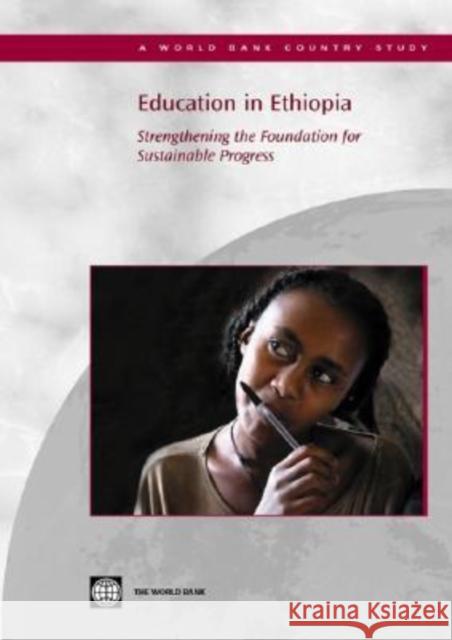Education in Ethiopia: Strengthening the Foundation for Sustainable Progress » książka
Education in Ethiopia: Strengthening the Foundation for Sustainable Progress
ISBN-13: 9780821362266 / Angielski / Miękka / 2005 / 336 str.
Education in Ethiopia: Strengthening the Foundation for Sustainable Progress
ISBN-13: 9780821362266 / Angielski / Miękka / 2005 / 336 str.
(netto: 116,09 VAT: 5%)
Najniższa cena z 30 dni: 115,83 zł
ok. 30 dni roboczych
Bez gwarancji dostawy przed świętami
Darmowa dostawa!
With the end of civil war in 1991, Ethiopia's government launched a New Education and Training Policy in 1994 which, by the early 2000s, had already produced remarkable results. The gross enrollment ratio rose from 20 to 62 percent in primary education between 1993-94 and 2001-02; and in secondary and higher education it climbed, respectively, from 8 to 12 percent and from 0.5 to 1.7 percent. Yet the government can hardly afford to rest on its laurels. Primary education is still not universal, and already there are concerns about plummeting educational quality and the growing pressures to expand post-primary education. Addressing these challenges will require more resources, both public and private. Yet money alone is insufficient. Focusing on primary and secondary education, 'Education in Ethiopia' argues for wise tradeoffs in the use of resources a result that will often require reforming the arrangements for service delivery. These changes, in turn, need to be fostered by giving lower levels of government more leeway to adapt central standards such as those for teacher recruitment and school construction to local conditions, including local resource constraints; and by strengthening accountability for results at all levels of administration in the education system."











